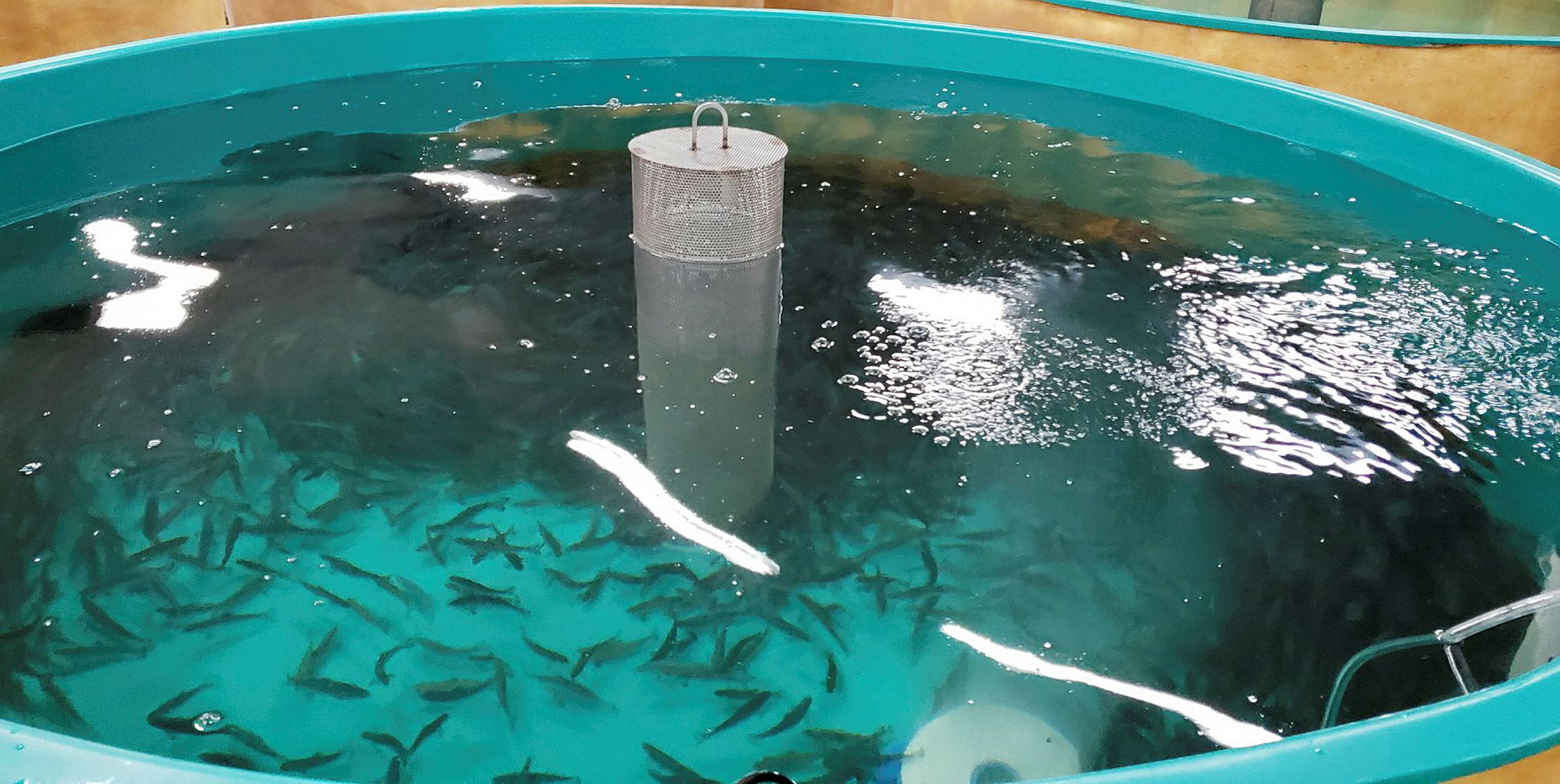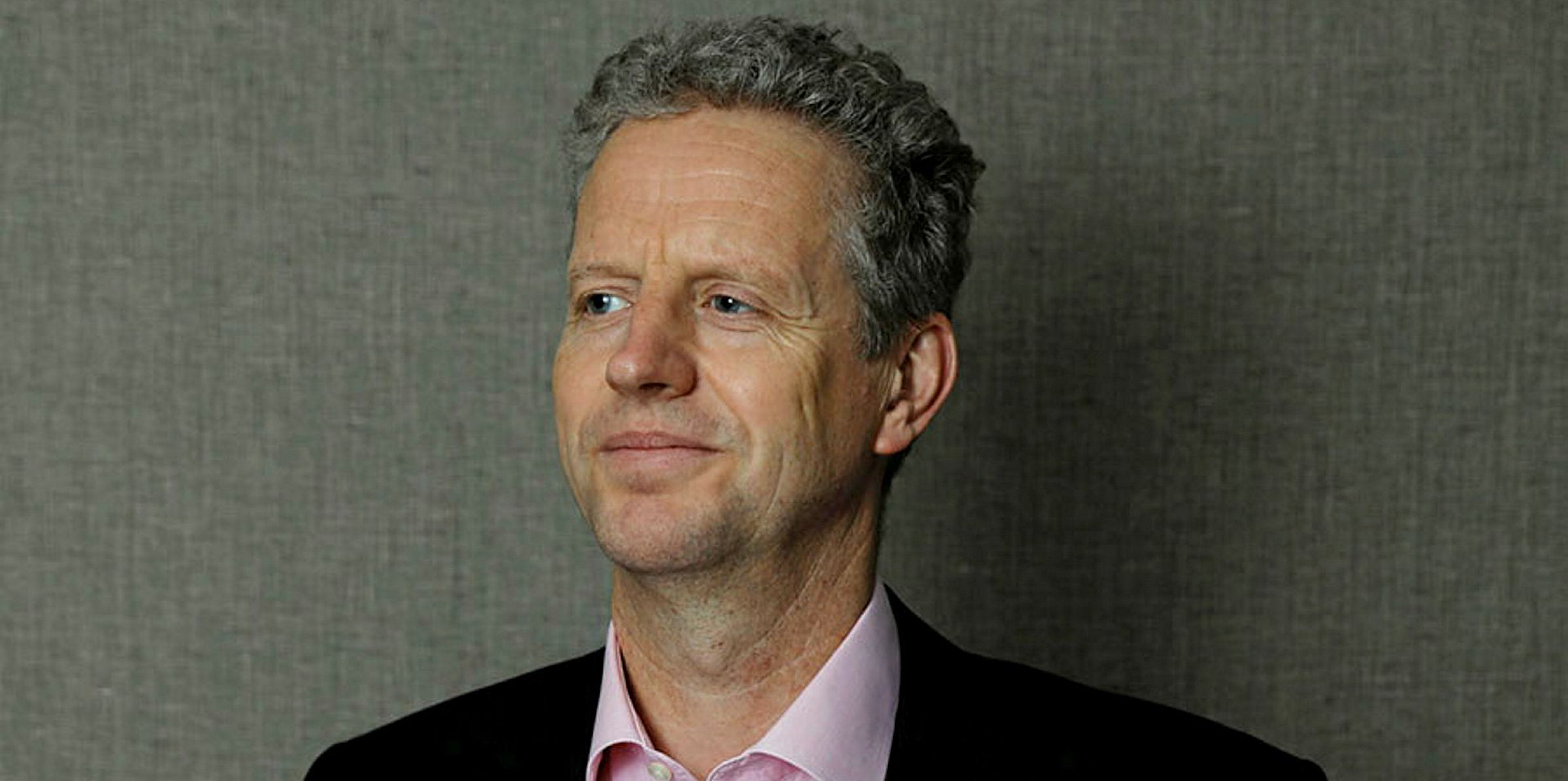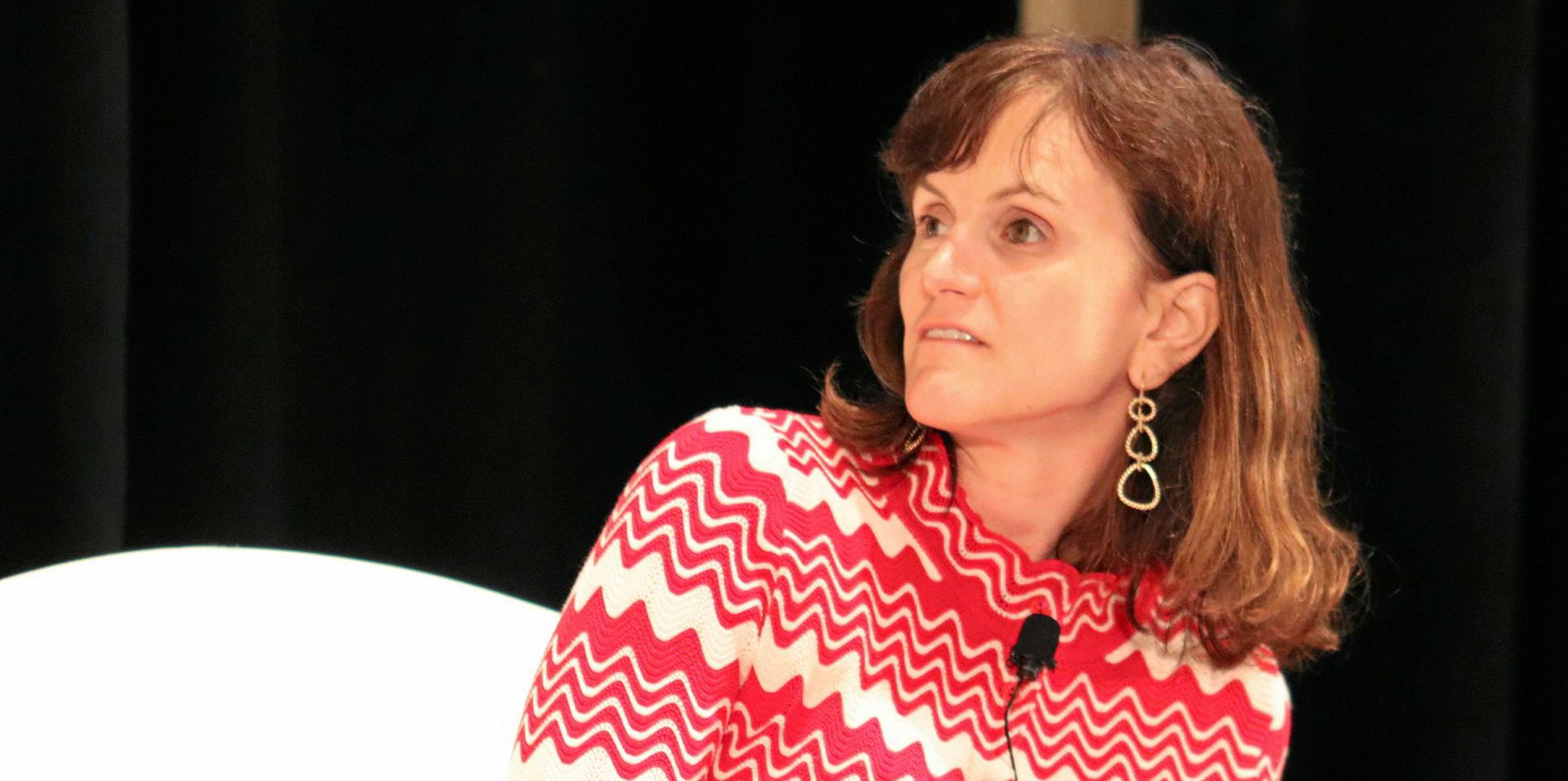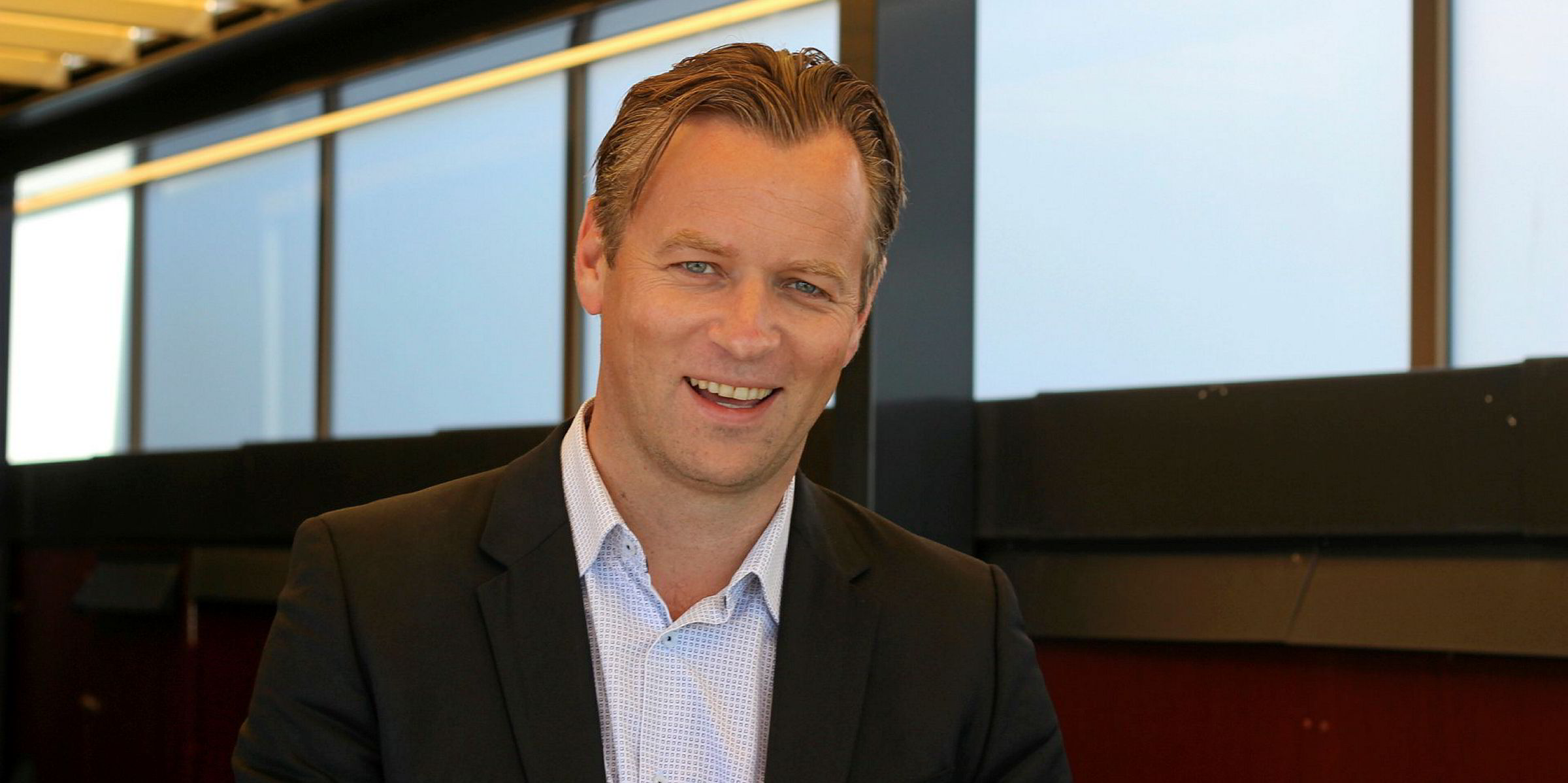Land-based salmon farmer AquaBounty Technologies is at a crossroads in its 30-year history.
The company is transitioning from a largely R&D enterprise to a commercial operation focused primarily on raising and selling genetically modified (GM) salmon in land-based grow-out aquaculture systems.
In doing so, AquaBounty will continue to require plenty of cash to keep operations humming until revenues from sales can carry the company.
As of Sept. 30, AquaBounty's cash balance totaled $6.4 million (€5.8 million). According to the financial report, currently, the company does not have sufficient capital to continue its operations after the first six months of 2020.
“If we are unable to generate additional funds through financing, sales of our products, government grants, loans or from other sources or transactions, we would exhaust our resources and be unable to maintain our currently planned operations and continue as a going concern,” the report said.
This is not the first time the company sounded the financial alarm. In its annual report on Form 10‑K for Dec. 31, 2018, management stated that there was substantial doubt about the company’s ability to continue as a going concern due to its limited capital resources, and the company’s independent accounting firm emphasized this matter in its report to the shareholders and the board of directors.
"At that time, management prepared a plan to mitigate this doubt, which included an equity raise that subsequently provided the company with $12.4 million (€11.1 million) of net new funds in 2019," the company wrote in its current financial report.
Raising money has been a constant task for AquaBounty throughout its history, which is understandable given its pioneering work in genetics, land-based farming technology and costs associated with ground-breaking regulatory changes.
The company has raised tens of millions of dollars over its lifespan through private investment, private placements and stock listings.
But now, when it is so close to the goal it has been seeking for decades, funding takes on perhaps an even greater urgency.
In addition to financing for ongoing operations, continued R&D development and regulatory and legal work, the company will need more funding for the marketing, sales and distribution of its product, which is due to be ready for sale next June.
AquaBounty noted this need in its recent financial statement, saying its sales and marketing expenses rose by 217 percent to $206,000 (€186,112) in the quarter, year-on-year.
"We expect that our sales and marketing expenses will increase as we increase our production at our farm sites," the company wrote.
And while R&D expenses dropped 45 percent to $446,000 (€402,943) primarily related to the closing of our demonstration farm in Panama, the company said its expects that its "research and development expenses will increase as we expand our broodstock capacity, commence new field trials and continue to pursue regulatory approval for additional products and additional markets."
In March, immediately following the FDA’s lifting of its 2016 import alert that prevented AquaBounty's AquAdvantage genetically engineered salmon and salmon eggs from entering the United States, the company’s stock soared to nearly $5 (€4.50) a share on the NASDAQ.
The company has been successful in raising capital when it needs it most, and given the significant leap forward it made this year, it is conceivable it could have an easier time raising capital going forward.
But investors eyeing the land-based salmon farming sector, in general, are wary of its return on investment.
“Location characteristics, scale, design, experience, species – all can have a major impact
on both investment, operations cost, and time to market," said Erik Heim, president of land-based salmon producer Nordic Aquafarms, a company with major land-based operations in Norway and one planned for the United States.
Will investors stick behind AquaBounty, Atlantic Sapphire and other leading land-based salmon farmers, or will they flee for the next shiny object?
--
IntraFish's Business Intelligence just launched its newest report, "Land-Based Salmon Farming: A Guide for Investors and Industry." Click here for a FREE sample download or email Campaigns@IntraFish.com for more information.






